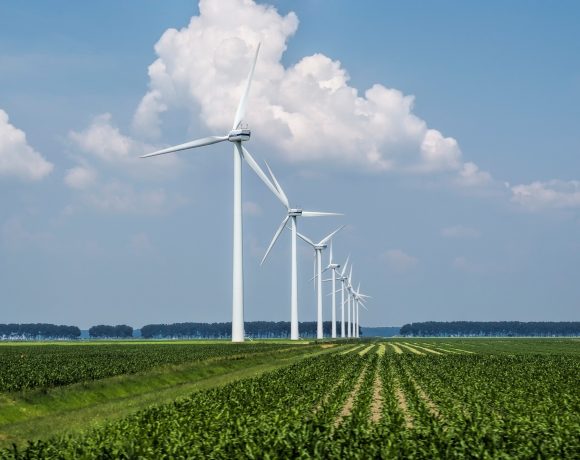
IMD Forecasts Above‑Normal July Monsoon: Farmers and Cities on Alert
The India Meteorological Department (IMD) has issued its July monsoon outlook, forecasting above‑normal rainfall expected to exceed 106% of the long‑period average. This buoyant projection builds on an early and vigorous monsoon onset—nearly nine days ahead of schedule—that has already driven record kharif sowing and brought relief from heatwaves.
Monsoon Outlook for July
July, the core month of India’s southwest monsoon, typically brings over 280 mm of rain. IMD Director-General Mrutyunjay Mohapatra has confirmed that this year’s July rainfall is expected to surpass the historical average, backed by multiple low-pressure systems forming over the Bay of Bengal. This rainfall is expected to support agriculture, replenish reservoirs, and boost hydropower generation.
Uneven Distribution Raises Local Concerns
While central, western, and northern India are expected to receive above-average rainfall, the IMD cautions that parts of the Northeast, East (including Bihar and West Bengal), and the southern states of Kerala and Tamil Nadu may face below-normal rainfall. Within Gujarat, for example, regions such as Panchmahal, Surat, and Valsad are set for heavy rainfall, while the arid Kutch region might lag.
Urban centers like Mumbai have already seen mixed performance in June, with Colaba surpassing its average but suburbs trailing behind. Yellow and orange alerts have been issued in anticipation of heavy rainfall episodes across urban and hill areas, potentially triggering floods, waterlogging, and landslides.
Agricultural and Water Impact
India’s agricultural landscape is already reaping the benefits of early and ample monsoon rains. As of late June, nearly 26.2 million hectares of land had been sown with kharif crops, marking an 11% increase over the previous year. Key crops benefiting include rice, soybeans, maize, cotton, and sugarcane.
Reservoir levels across major river basins have also improved, strengthening irrigation systems, drinking water supplies, and power generation capabilities. Soil moisture levels remain optimal, ensuring a robust start to the cropping season.


















